Satanism
Copyright Bob and Gretchen Passantino, dba, G. P. Publisher Services
Requests for information should be addressed to:
Zondervan, Grand Rapids, Michigan 49530
ePub Edition July 2016: ISBN 978-0-310-53500-3
Library of Congress Cataloging-in-Publication Data
Passantino, Robert
Satanism / Bob and Gretchen Passantino, authors
p. cm. (Zondervan guide to cults and religious movements)
Includes bibliographical references.
ISBN-10: 0-310-70451-0 (softcover)
ISBN-13: 978-0-310-70451-5 (softcover)
1. Satanism Controversial literature. 1. Satanism United States Controversial literature I. Passantino, Gretchen. II. Title. III. Series.
BF1548.P37 1995
133.4'22 dc20
95-8262
CIP
All Scripture quotations, unless otherwise indicated, are taken from the Holy Bible: New International Version. NIV. Copyright 1973, 1978, 1984 by International Bible Society. Used by permission of Zondervan Publishing House. All rights reserved.
All rights reserved. No part of this publication may be reproduced, stored in a retrieval system, or transmitted in any form or by any means electronic, mechanical, photocopy, recording, or any other except for brief quotations in printed reviews, without the prior permission of the publisher.
Edited by Patti Picardi
Interior design by Art Jacobs
05 06 07 08 09 10 /  / 9 8 7 6 5 4 3 2 1
/ 9 8 7 6 5 4 3 2 1
To Dr. Walter R. Martin (19281989)
A personal friend, teacher, and mentor who wrote the first Zondervan series on cults (1950s). He taught us never to give up and to contend earnestly for the faith once for all entrusted to the saints (Jude 3).
The Zondervan Guide to Cults and Religious Movements comprises sixteen volumes, treating many of the most important groups and belief systems confronting the Christian church today. This series distills the most important facts about each and presents a well-reasoned, cogent Christian response. The authors in this series are highly qualified, well-respected professional Christian apologists with considerable expertise on their topics.
We have designed the structure and layout to help you find the information you need as quickly as possible. All the volumes are written in outline form, which allows us to pack substantial content into a short book. With some exceptions, each book contains, first, an introduction to the cult, movement, or belief system. The introduction gives a brief history of the group, its organizational structure, and vital statistics such as membership. Second, the theology section is arranged by doctrinal topic, such as God, Christ, sin, and salvation. The movements position is set forth objectively, primarily from its own official writings. The groups teachings are then refuted point by point, followed by an affirmative presentation of what the Bible says about the doctrine. The third section is a discussion of witnessing tips. While each witnessing encounter must be handled individually and sensitively, this section provides some helpful general guidelines, including both dos and donts. The fourth section contains annotated bibliographies, listing works by the groups themselves and books written by Christians in response. Fifth, each book has a parallel comparison chart, with direct quotations from the cultic literature in the left column and the biblical refutation on the right. Some of the books conclude with a glossary.
One potential problem with a detailed outline is that it is easy to lose ones place in the overall structure. Therefore, we have provided graphical signposts at the top of the odd numbered pages. Functioning like a you are here map in a shopping mall, these graphics show your place in the outline, including the sections that come before and after your current position. (Those familiar with modern computer software will note immediately the resemblance to a "drop-down menu bar, where the second-level choices vary depending on the currently selected main menu item.) In the theology section we have also used "icons in the margins to make clear at a glance whether the material is being presented from the cultic or Christian viewpoint. For example, in the Mormonism volume the sections presenting the Mormon position are indicated with a picture resembling the angel Moroni in the margin; the biblical view is shown by a drawing of the Bible.
We hope you will find these books useful as you seek to give an answer to everyone who asks you to give the reason for the hope that you have (1 Peter 3:15).
Alan W. Gomes, Ph.D.
Series Editor
Part I:
Introduction
A glow of new light is borne out of the night and Lucifer is risen, once more to proclaim: This is the age of Satan! Satan Rules the Earth! (Anton Szandor LaVey, The Satanic Bible, 23).
[God] having disarmed the powers and authorities, he made a public spectacle of them, triumphing over them by the cross (The Holy Bible, Col. 2:15).
I. What Is Satanism?
A. The Difficulty of Classifying Satanists
1. Contemporary satanists defy easy classification. This is partly because of the independent nature of satanism and partly because of satanists desire for secrecy.
2. If satanists could be characterized in one term, it would be self-serving. That is, ones own needs, desires, beliefs, and goals are supreme. Consequently, it is to be expected that satanism could have almost as many definitions as practitioners.
B. The Worship of Satan the Common Factor
1. Contemporary satanism is a form of religious belief and expression holding to the worship of Satan, whether Satan is defined as a supernatural person, a deity, a devil, a supernatural force, a natural force, an innate human force, or, most commonly, the self.

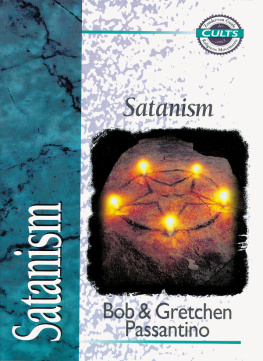


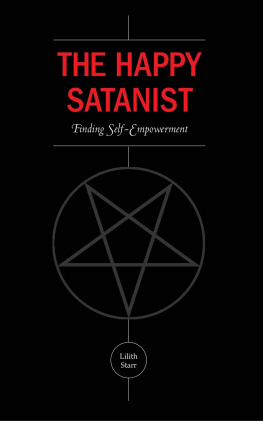
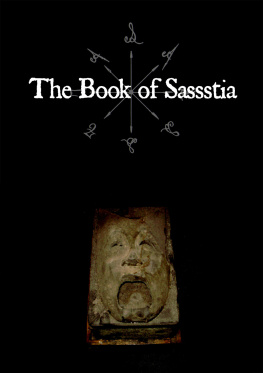

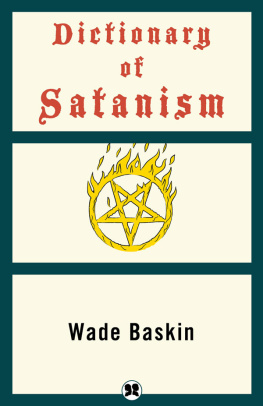



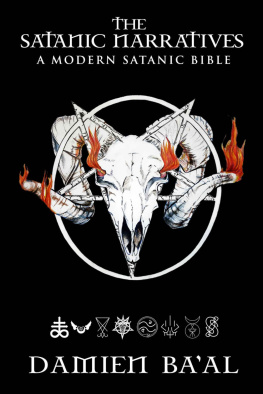



 / 9 8 7 6 5 4 3 2 1
/ 9 8 7 6 5 4 3 2 1